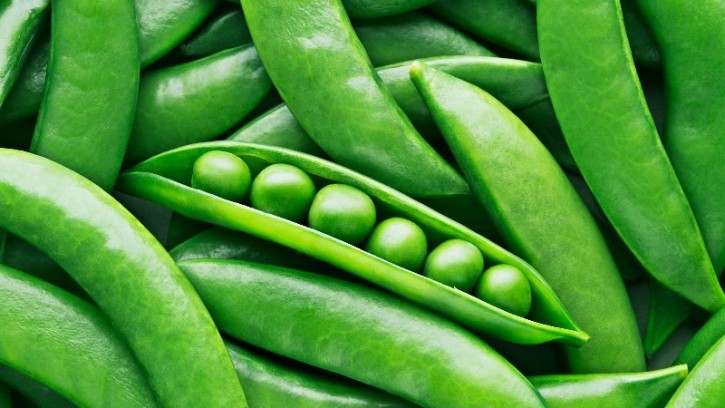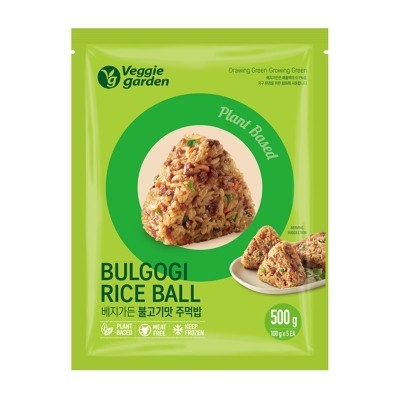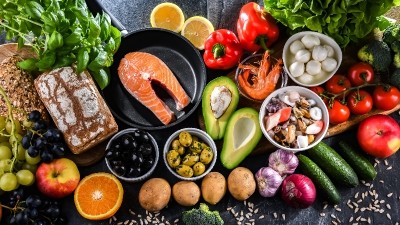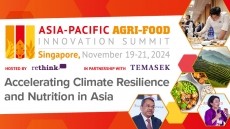Supplementation of freeze-dried pea more effective than kale for glycaemic control – Saudi study

'Superfood' is a term to describe foods packed with nutrients. Although appealing to health-conscious consumers, the scientific evidence behind superfoods has been less sizeable, with the term more often used for marketing purposes.
One of the most hyped super foods in recent history has been kale. In contrast, green peas, which have higher fibre content (5.7g/100g) than kale (4.1g/200g), are yet to be considered a superfood.
To investigate whether common and cheaper vegetable staples, such as peas, can match up to kale in terms of acute metabolic benefits, a randomised, double-blind, cross-over trial was conducted among Saudi Arabian women with obesity.
A total of 124 participants aged between 18 and 40 years were randomly allocated to receive either freeze-dried kale or freeze-dried peas in the form of powder sachets.
The participants were asked to take one 3g sachet with food or water thrice daily for two weeks, followed by a two-week washout period and a cross-over of four weeks.
Anthropometric measurements, glucose and lipids levels, and markers of gut barrier function were assessed at baseline and post-intervention.
It was found that participants who took kale supplementation first had significant weight reduction (p = 0.02), which was not observed among those who consumed pea powders first.
On the other hand, participants who received pea supplementation first experienced a significant decline in Hba1c (glycated haemoglobin) (p = 0.005) and cluster of differentiation 14 (CD14) (p = 0.03), but C-peptide increased (p = 0.05).
HbA1c is primarily measured to determine the average blood sugar level over the past two to three months, and is used as an assessment of glycaemic control and for evaluating the risk of diabetes complications.
CD14 is a marker for monocytes and macrophages, central cells of the innate immune system responsible for defending against diverse pathogens, while C-peptide testing is used to monitor insulin production in the body.
“The major findings in this cross-over trial are that supplementation of both freeze-dried kale and peas resulted in favourable changes in the anthropometric and metabolic parameters among Saudi women with obesity.
“As only Hba1c and C-peptide did not exhibit significant carryover effects compared to other parameters assessed, supplementation of freeze-dried pea appears to be superior to kale in terms of acute glycaemic control,” the researchers wrote.
Notably, the results suggest that common but less-hyped vegetables may be equally, if not more beneficial, than the more heavily spotlighted superfoods.
“The promotion of healthy dietary patterns in Saudi Arabia should include locally grown and more affordable vegetables, such as green peas. It is also safe to assume that the findings can be applied to wider populations, especially among individuals at high risk for obesity and obesity-related complications.
“Longer clinical trials using a parallel design are recommended to strengthen present findings, and support the use of pea supplementation as an adjuvant therapy for diabetes.”
Double power
Based on United States Department of Agriculture (USDA) data, both kale and pea have high vitamin C, dietary fibre, and potassium content.
However, kale is a better source of vitamins A and K and calcium, while pea has considerably more fibre, alpha-carotene, and thiamine.
Another key finding from the cross-over trial was that although weight loss was observed only in the kale group, both groups had decreased waist-to-hip ratio (WHR) post-supplementation.
A previous study done on Arab adults revealed that 51.1% and 20.2% of those who had consumed kale reported weight loss and decrease in appetite respectively.
“Both kale and pea contain substantial amounts of dietary fibre, which is known to induce weight loss by increasing satiety.
“Through aryl hydrocarbon receptors (AhR), a kale-rich diet alters the stability of genes and proteins involved in adipogenesis, such as peroxisome proliferator-activated receptor gamma (PPAR-γ). This AhR-PPAR interaction has recently gained interest as a potential therapeutic target for metabolic diseases.”
The researchers also pointed out that peas are a staple of individuals living in “blue zones” — regions in the world where people are claimed to have exceptionally long lives, suggesting that these foods may be beneficial for longevity.
“The consumption of both kale and pea, whether taken in intervals or in combination, synergistically translated to lower adiposity levels, which can lead to a better metabolic profile.
“This is noteworthy as the population in Saudi Arabia is particularly susceptible to obesity and type 2 diabetes due to widespread consumption of a Western diet comprising simple sugars, saturated fat, and calorie-dense fast foods.”
Furthermore, the use of freeze-dried kale and pea supplements instead of raw produce is significant, as freeze-drying is known to not only prolong the shelf-life of fruits and vegetables, but also drastically slows down enzymatic, chemical and microbiological reactions.
“This ensures that the nutrients remain intact, and that the effects observed will most likely be the same if raw produce was consumed,” the researchers concluded.
Source: Frontiers in Nutrition
https://doi.org/10.3389/fnut.2024.1370677
“Is freeze-dried superfood kale supplementation healthier than common green peas? Outcomes of a cross-over trial”
Authors: Dara Aldisi, et al



















